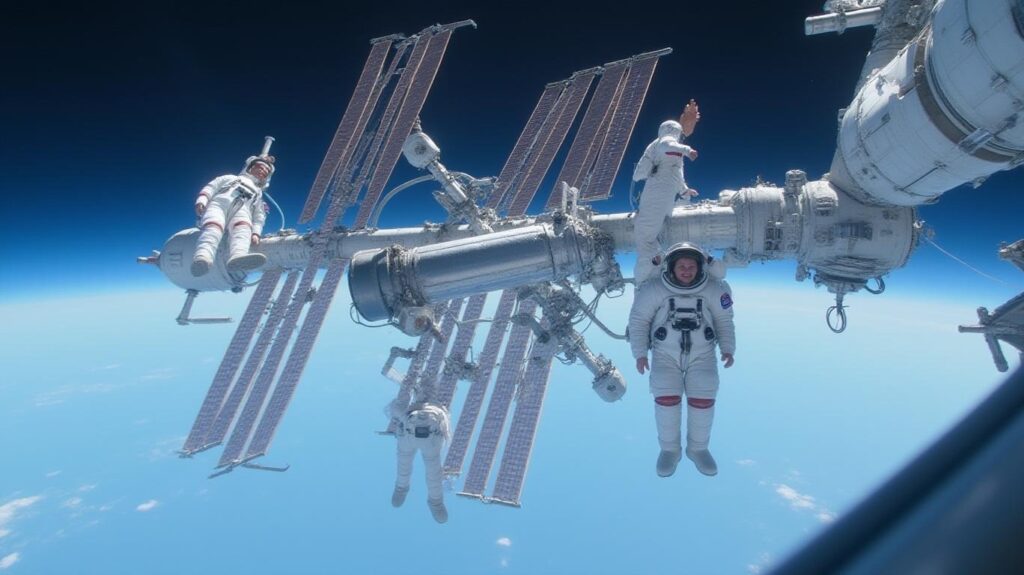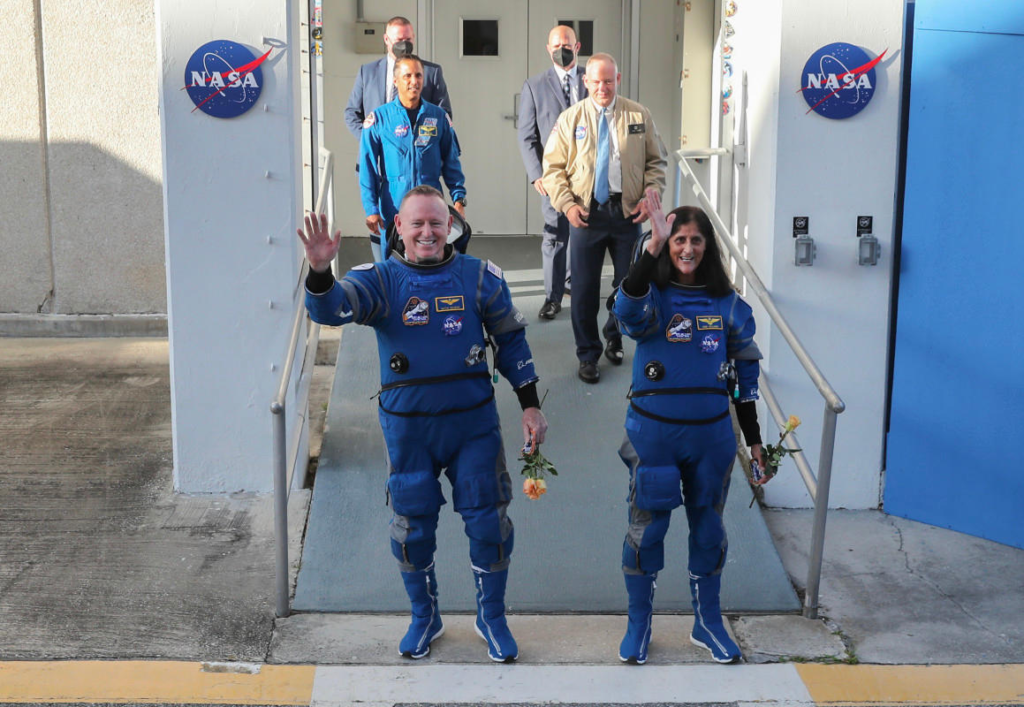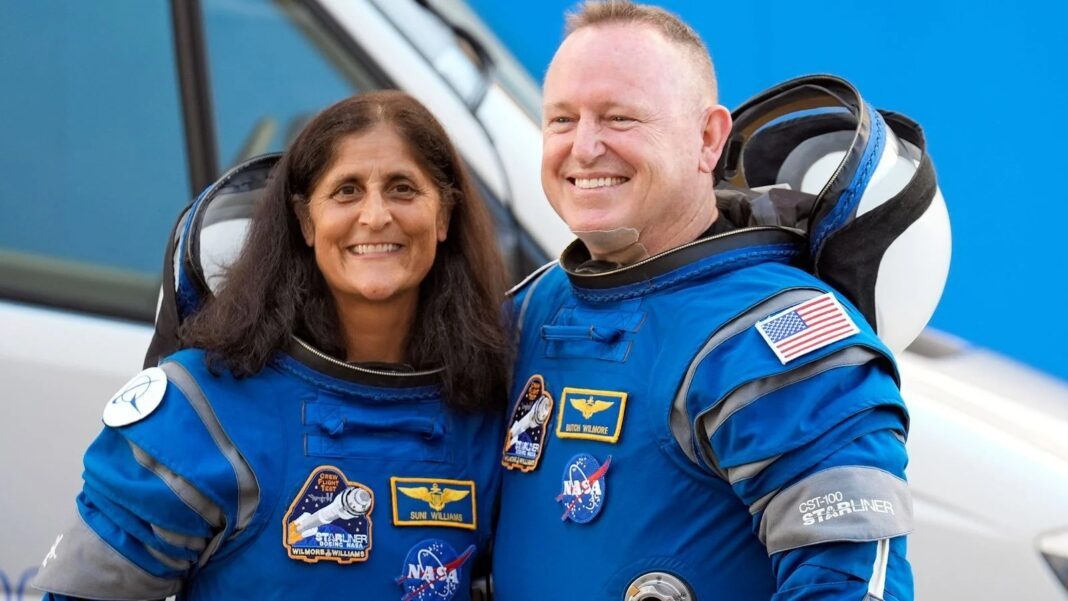The excitement of space exploration is something that continues to captivate millions around the world. One of the most thrilling moments in any space mission is when astronauts return to Earth after completing their journey. Recently, a team of NASA astronauts successfully concluded their mission and made their way back to Earth after months of work in the great expanse of space. This blog will take you through the journey of their mission, the challenges they faced, and how they safely returned to Earth, marking yet another milestone in humanity’s pursuit of space exploration.
Overview of the Mission
The astronauts’ mission, which spanned several months, was part of NASA’s ongoing efforts to explore new frontiers in space. The primary goal of the mission was to conduct scientific research, test new space technologies, and contribute to humanity’s understanding of living and working in space for extended periods. The astronauts spent much of their time aboard the International Space Station (ISS), where they conducted numerous experiments related to biology, physics, and materials science, all of which will help improve life on Earth and prepare for future deep space missions.
NASA’s efforts also focus on building international collaboration in space. The astronauts worked alongside other space agencies, contributing to a sense of unity in the exploration of the unknown. While the mission was primarily centered around scientific research, it also served as a platform for NASA to test innovative technology, including autonomous spacecraft docking and life-support systems that will be essential for future missions to Mars and beyond.
The Astronauts Behind the Mission

Every space mission is built on the hard work and dedication of the astronauts who participate. The crew in this mission was carefully selected for their unique skills, experience, and ability to work effectively in the harsh environment of space. NASA astronauts are not only skilled scientists and engineers but also experts in teamwork and problem-solving, qualities essential for the success of any space mission.
Throughout the mission, the astronauts worked closely with mission control on Earth, ensuring that their tasks were completed efficiently and safely. Despite the challenges of living and working in space—such as dealing with zero gravity, limited resources, and isolation—the crew remained focused on their tasks. Their teamwork and ability to adapt to challenging situations were critical in the successful completion of their mission.
Also, Read: Meta’s 50,000-km Undersea Cable Project to Connect India to Global Digital Networks by 2030
Challenges Faced During the Mission

Space missions are not without their challenges, and this mission was no exception. The astronauts faced a range of difficulties while living aboard the ISS. One of the most significant challenges was the physical toll of prolonged space travel. Without the influence of gravity, astronauts’ bodies can undergo changes, such as muscle atrophy and bone density loss. To mitigate these effects, the crew followed a strict exercise regimen to maintain their health throughout their stay in space.
Additionally, the astronauts encountered technical challenges, including system malfunctions and equipment failures. However, NASA’s engineers on the ground worked tirelessly to troubleshoot and resolve these issues, ensuring that the astronauts had the tools and resources they needed to complete their work. Communication between the astronauts and mission control was vital in overcoming these hurdles, with real-time support allowing the astronauts to make adjustments as needed.
Perhaps one of the most dangerous aspects of space travel is the potential for exposure to space radiation, which can have long-term health effects. To minimize risks, the astronauts were equipped with advanced radiation shielding, and their mission was closely monitored for any signs of exposure. Their careful planning and constant monitoring ensured that they could carry out their tasks while minimizing the impact of these space-related hazards.
The Return Journey

After months of conducting experiments and contributing valuable data to the scientific community, the astronauts’ mission came to a close. The return journey to Earth was a critical part of the mission, and it was one that required precision, timing, and expert planning. The spacecraft carrying the astronauts began its descent from the ISS, and the crew followed a carefully calculated trajectory to re-enter Earth’s atmosphere.
Re-entry into Earth’s atmosphere is a complex and potentially dangerous process. As the spacecraft plunges into the atmosphere, it encounters extreme heat and pressure, which could cause it to burn up if not managed correctly. NASA’s engineers and astronauts use heat shields and precise guidance systems to ensure a safe re-entry. During this stage, the astronauts rely on years of training and the expertise of mission control to guide them safely back to Earth.
The astronauts’ spacecraft finally landed in the ocean, where recovery teams were on standby to retrieve the crew and their equipment. Their successful landing marked the conclusion of a mission that had tested their skills, endurance, and ability to adapt to the unique challenges of space travel.
Read more: PM, Amit Shah, and Rahul Gandhi to Meet on Feb 17 To Pick Next CEC
Post-Mission Activities and Impact

Once back on Earth, the astronauts went through a thorough post-mission recovery process. After months of being in space, the human body needs time to adjust to gravity again. The astronauts underwent medical evaluations to ensure their health and well-being before they could begin their post-mission work. This includes a period of physical rehabilitation to help them regain their strength and re-adapt to Earth’s gravity.
The mission had a lasting impact not only on the astronauts but also on the field of space exploration as a whole. The data gathered during their time in space will contribute to future missions, including NASA’s plans for missions to the Moon and Mars. Many of the experiments conducted during the mission provided valuable insights into how humans can live and work in space for extended periods, which is critical for future deep space exploration.
NASA’s ability to successfully conduct and conclude this mission reinforces its position as a leader in space exploration. The knowledge gained from this mission will continue to shape the future of space travel, from spacecraft technology to human health in space.
Conclusion
The successful completion of this mission and the safe return of NASA astronauts to Earth is a testament to the expertise, dedication, and innovation of both the astronauts and the entire NASA team. This mission has provided invaluable insights into space exploration and laid the groundwork for future missions to explore deeper into space. As we look ahead, the lessons learned from this mission will continue to shape NASA’s vision for human space exploration.
At World Web Blog, we’re excited to see how NASA’s ongoing efforts in space will continue to push the boundaries of human achievement. Stay tuned for more updates on future missions, and feel free to share your thoughts in the comments below. Join the conversation, and let us know what you think about this historic moment in space exploration!














